
5K Homepage5K FAQsFish ShoalsSocial Media ToolsRegister today!
When you register for the Fish Out of Water Virtual 5K, you choose to join one of the five Fish Teams.
This year’s Fish Teams were selected as some of the most fun and exciting species found throughout the REEF Volunteer Fish Survey Project regions worldwide. Whether you are drawn to the fish because it’s a favorite on your life list, you just like the way it looks, it’s often found in the region where you live or dive, or you connect with the personalities we envisioned for each, we look forward to seeing which Fish Team you join.
Click on the fish icons below to read more about each fish’s race “personality” and a few fun facts.
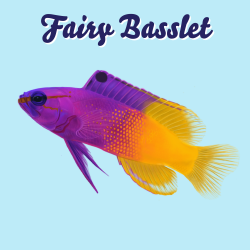 |
 |
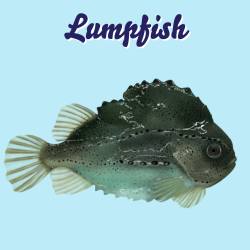 |
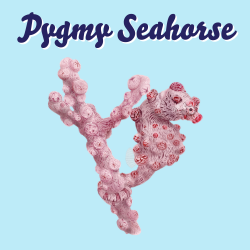 |
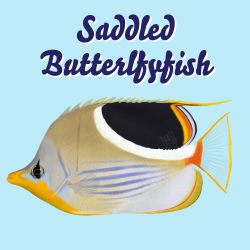 |
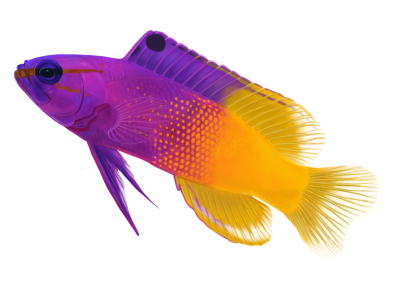
Fairy Basslet
- Fluttering through the competition
- Pumping up the best workout jams
- Infectious energy that puts a smile on everyone's face
Fairy Basslets can be found inhabiting reefs, slopes, and walls in scattered groups throughout the Caribbean. Though they are small in size, their bright colors and flitting movements make them easily noticeable. Their pelvic or ventral fins move in a way that looks as if they are "dribbling" with them, and they can often be found orienting their bellies to the ceilings of caves and ledges, swimming "upside-down." Basslets are closely related to the sea bass family but lack a continuous lateral line. Most Basslets are generally found on deeper reefs, while Fairy Basslets are the exception to that, being found as shallow as 10 feet.
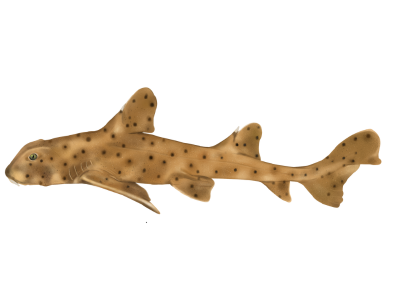
Horn Shark
- Spearheading the starting line excitement
- Going the distance, going for speed
- The best pacemaker in the race
In the family of bullhead sharks, Horn Sharks get their name from a prominent spine at the front of each of their two widely spaced dorsal fins. Horn Sharks are bottom-dwelling sharks found from Southern California south to Baja, including the Gulf of California. They are easily distinguished by their spines, scattered black spots all over their body, and the prominent ridges over their eyes. Small in size, only reaching a maximum of about 3 feet, they can be found inhabiting rocky reefs and kelp beds. They are active at night and more reclusive during the day, hiding under recesses and algae fronds or inside crevices and caves.
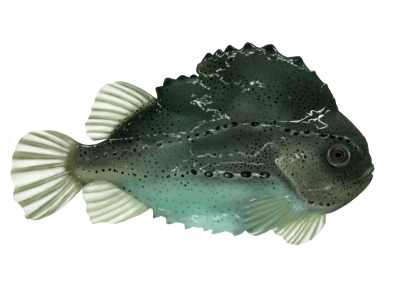
Lumpfish
- Makes frequent stops to enjoy nature
- Prefer the treadmill so they can read a book while staying active
- Always has extra layers, just in case
Lumpfish reach up to 2 feet in size and come in a handful of color variations that depend on their habitat. They prefer rocky bottoms, shallow or deep, and can be found throughout the North-Western Atlantic, from Greenland to New Jersey. Lumpfish are thick and stout, with modified pelvic fins forming a suction cup on their belly to hold them on hard substrate. Males will use this suction to stay in place when guarding eggs a female lays, which he frequently aerates and cleans by blowing water on them.
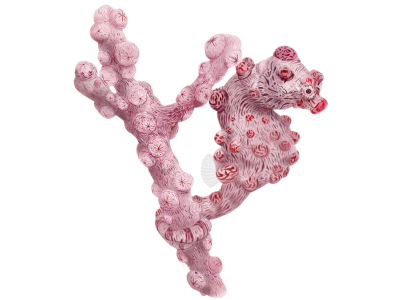
Pygmy Seahorse
- THE most marvelous workout outfits
- Takes time to get zen before starting every day
- Tiny yet mighty!
Rightfully named the Pygmy Seahorse, these seahorses only reach about 2 cm in length. They will be found clinging to sea fans of similar colors to them either by themselves or in small groups. They are often pinkish in color with orange to red bumps and spots all over their body and encircling bands on their tails. Pygmy Seahorses are found throughout the Asian Pacific, from Southwest Japan, the Philippines, Malaysia, and Indonesia to Papua New Guinea, the Great Barrier Reef, and New Caledonia.
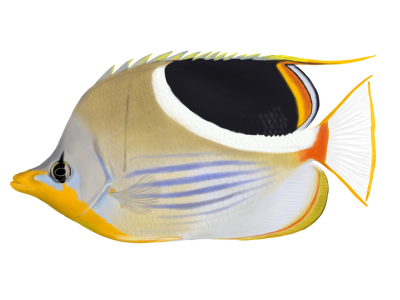
Saddled Butterflyfish
- Signs up for every event with their favorite workout buddy
- Changing up the route every time to keep it interesting
- Counting down the days until the next 5K
Also known as the Saddleback Butterflyfish in Hawaii, the Saddled Butterflyfish can be found in coral-rich areas in lagoons and seaward reefs throughout the Indo-Pacific. Though they can be solitary, like other Butterflyfish, you can usually find them in mating pairs. Saddled Butterflyfish get their name from the black patch bordered in white on their upper rear body that resembles a saddle. Their body color is typically blue-gray with blue lines on their lower body behind their pectoral fin and orange on their snout extending to their pelvic fins.

